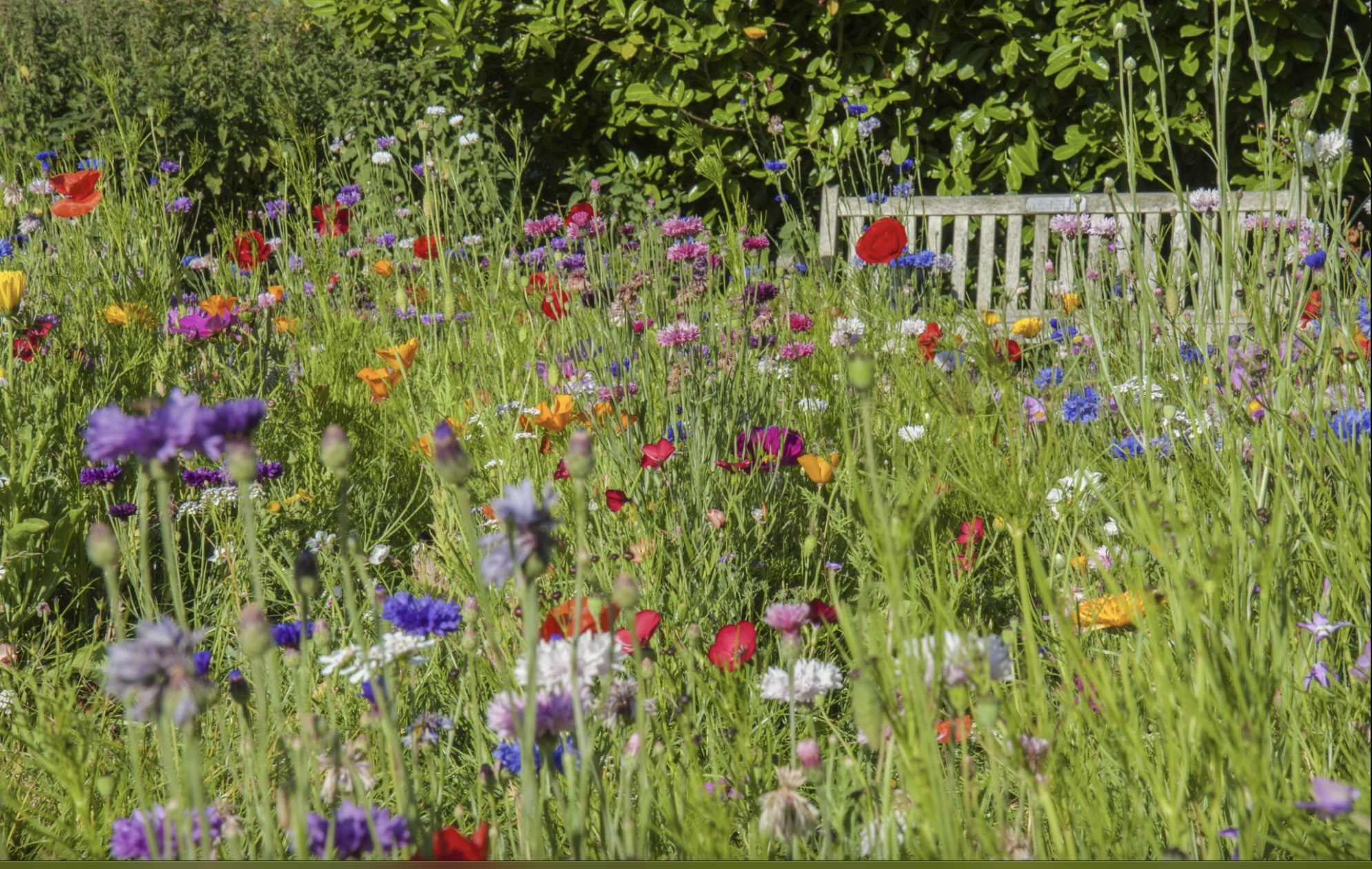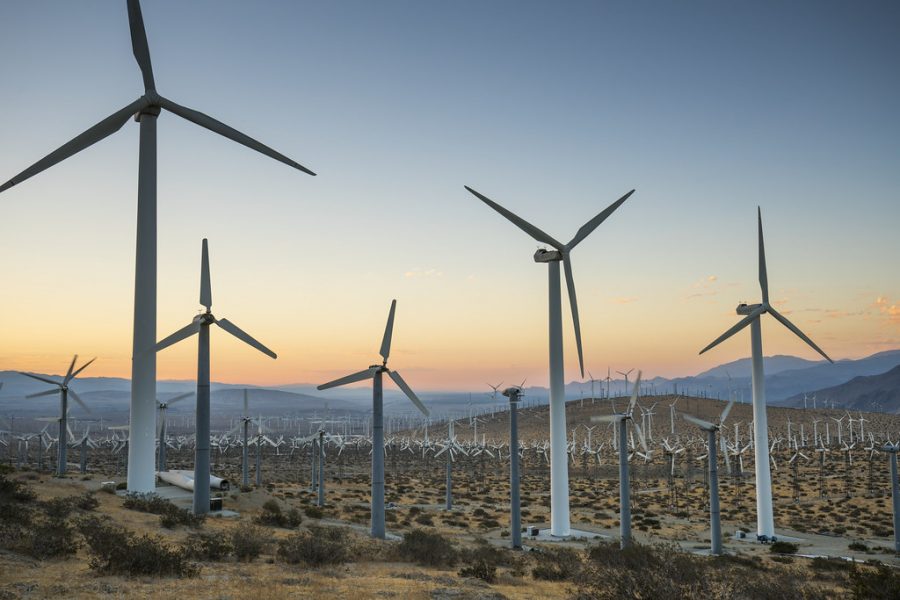 Ditch your lawn
Ditch your lawn
By: Madeline Cintron
Across the country, acres of land are being used to grow one thing—turfgrass. [1] Turfgrass used in many lawns is nonnative, and it usually takes up the entire lawn, creating a monoculture environment.[2] While a grassy lawn may be better than pavement, the carbon cost of maintaining that lawn likely outweighs the carbon benefit.[3] Grassy lawns need extra maintenance and act as a dead space for pollinators and other native wildlife.[4] One yard may seem like a small thing, but small steps taken by masses of people can influence climate change.[5]



